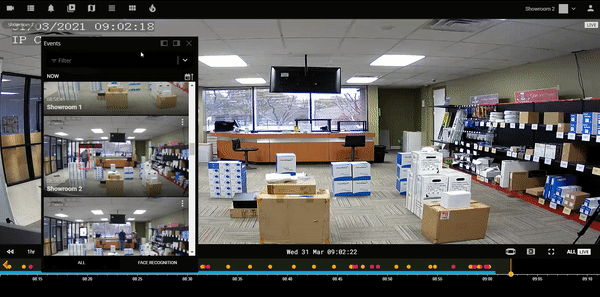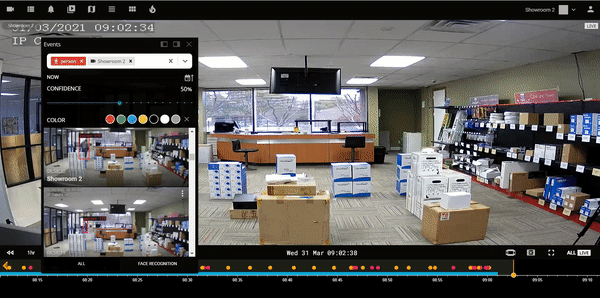Object Detection & Tracking
What is Object Detection & Tracking?
Every object has their own distinct features that enables them to be classified into various categories. For example, elephants have long trunks and cats have pointy ears. Object detection is a deep learning algorithm that involves detecting the location of objects in images and videos in real-time and classifying them. Object tracking is a technique that follows the movement of the detected objects.
Using Object Classification & Search
iFovea’s software is capable of detecting and identifying thousands of different objects such as people, cars, pets, etc. All of these objects are classified under various categories so that users can easily search though footage for a specific event using these categories as filters.
Using Object Tracking

iFovea’s object tracking service enables users to manage their surveillance systems and alerts. The service is able to identify and track the movement of objects to detect any suspicious movement. For example, iFovea can detect a person and track their movement to notice that they’re just loitering around the building, potentially creating a risk of robbery or assault. Alerts of any suspicious activity can be immediately sent out through the cloud service. Users can even customize when they want alerts to be sent and for what objects. This object classification and tracking ensures that no false alerts are sent due to irrelevant things.
iFovea’s object classification and tracking can be used for more things besides eliminating false alarms. Another benefit is that this service can be used to help businesses optimize their operations. By using the object search feature, businesses can determine the popularity of their products. Store owners can go through recorded footage and look up certain products to see if a lot of people are looking at or picking them up. They can also use the object tracking service to analyze where and how customers are moving throughout the store. Using this information, they can modify the store’s floor plan to avoid clusters of people or to determine where to place products to attract more attention.
Business Optimization
